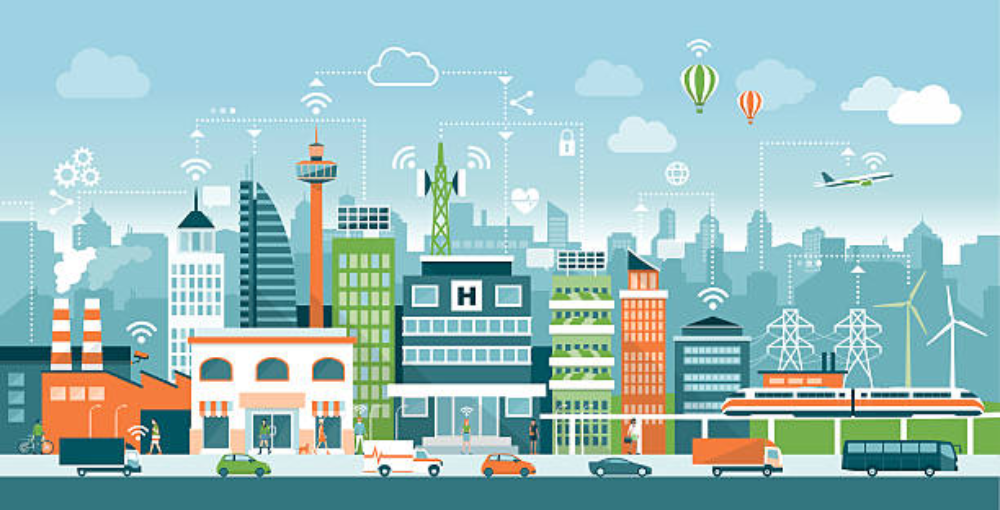New data from Juniper Research has revealed that smart street lighting deployments will realize $15 billion in cumulative energy savings for cities to 2023.
These will be achieved as a result of converting lamps to energy-efficient LEDs as well as the addition of connectivity to monitor and control the status of each individual light; saving up to 50% energy per light, add the research group.
Juniper says connected street lights are set to grow on average by 42% per annum between 2019 and 2023; reaching close to 70 million units by the end of the forecast period. Growing open platform adoption will enable street lighting to act as a major hub point for additional smart city services, such as public safety and smart transport, it adds.
The research group says that Siemens’ MindSphere platform, coupled with its City Performance Tool and recent Mendix acquisition represents a compelling offering. In addition, the company is able to offer significant market vertical expertise to aid in service launches. Meanwhile, Oracle is able to offer a broadly capable platform in addition to extensive worldwide smart city deployment experience.
Juniper says that many cities are now moving away from point solutions, towards platform procurement. It argued that street lighting platforms would serve as the entry point for a number of cities looking to deploy smart city projects.
“The cost savings enabled by smart street lighting mean that many cities will look to this as a first-stage smart city project,” says research author Steffen Sorrell. “Choosing an open platform will be key here, as additional services can be launched from the same point, while simultaneously driving up third party vendor competition.”

